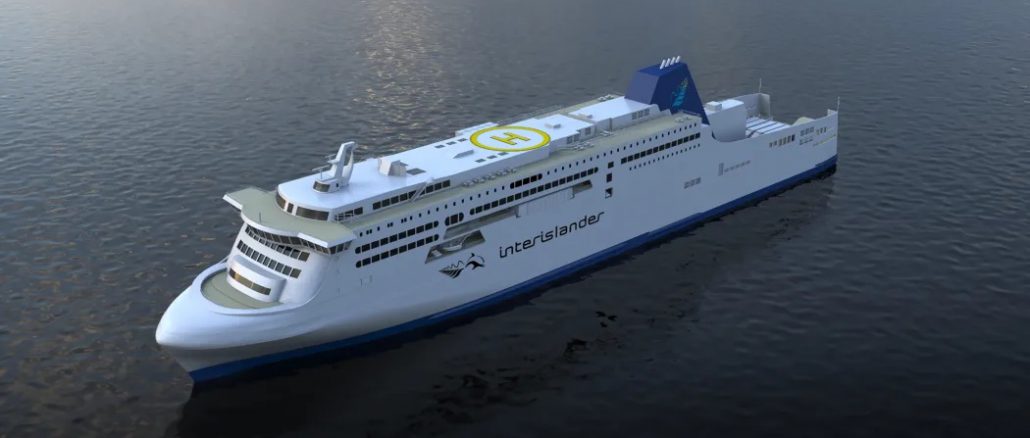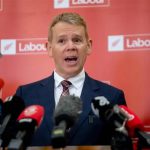
Gordon Campbell On Our Faith-Based Economic Recovery
For months, the economic recovery has been said to be imminent, and the forecasters at the banks keep promoting that message, even though the former […]

For months, the economic recovery has been said to be imminent, and the forecasters at the banks keep promoting that message, even though the former […]

Good to hear someone calling “bullshit” on Winston Peters, and on his claims to have saved the taxpayer $2.3 billion on the Cook Strait ferries. […]












A home for longform journalism on politics, art and culture.
Editor: nzwerewolf@gmail.com
Technical feedback: editor@scoop.co.nz
We are seeking your help to keep Werewolf.co.nz going. If you agree to become a Werewolf Sustaining Subscriber we are asking you to subscribe to pay $10, $15 (or more if you choose) a month to support Werewolf. This can be done either via:
Copyright © 2025 | WordPress Theme by MH Themes